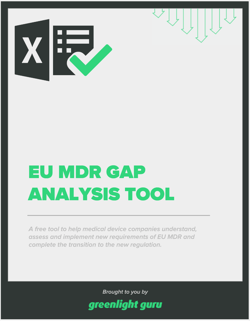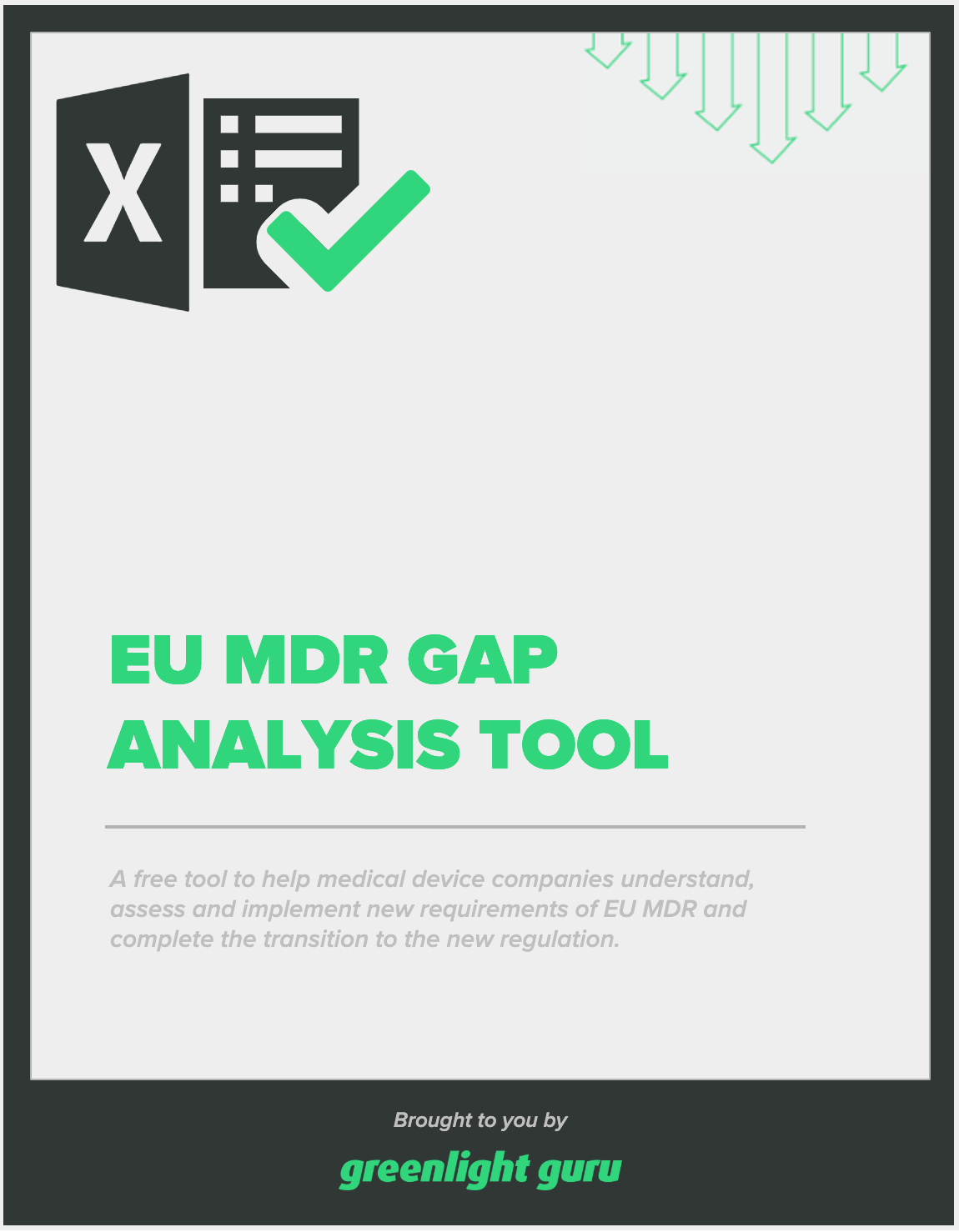Selecting a Notified Body: How to Work with Your New Device Authority

Before you can market your product in the European Union, medical device manufacturers must undergo a conformity assessment carried out by a Notified Body (NB) in order to receive a CE marking. This is required for all but the lowest risk devices (Class I).
A Notified Body is a third-party entity that has been accredited by a member state of the EU to assess the conformity of manufacturers with applicable regulations. And with such a critical role, the choice of a Notified Body and your working relationship with your partner are incredibly important to obtaining your CE marking.
Whether just starting the selection process or deep into audit preparation, there are a number of things you can do to ensure that your working relationship with a Notified Body is excellent and your device is on track for its CE marking.
Notified Body designation and selection process
Notified Bodies have had to go through a new designation and notification process under the new European Union Medical Device Regulation (EU MDR) and In Vitro Diagnostic Regulation (IVDR).
As a result, there are currently only 38 Notified Bodies designated under EU MDR. And there are just 10 Notified Bodies designated under EU IVDR. Fewer Notified Bodies means that the ones who are designated under MDR and IVDR will have limited capacity for new applications for conformity assessments.
Not every Notified Body will be designated for your specific type of medical device. There are a number of device-related codes found in the MDR and the Implementing Regulation 2017/2185 that specify what each Notified Body is designated for, or in other words, which categories of devices they can work with.
When you apply to a Notified Body for conformity assessment, you’ll need to assign to your device the appropriate codes, and your Notified Body will need to confirm that those are the correct codes. These codes will seem complicated at first, but learning about them ahead of time will ensure you choose the right codes and pick a Notified Body that’s designated for your type of device.
Due to the current limited capacity, the best advice I can give you is to begin your search for a Notified Body as soon as possible if you believe you want to sell your device in the EU.
Different Notified Body processes
While it’s true that capacity and designation may limit the number of Notified Bodies available for you to work with, it’s also true that you should be selective and intentional when choosing a Notified Body.
Annex VII, 4.1 of MDR states that a Notified Body:
Shall have in place documented processes and sufficiently detailed procedures for the conduct of each conformity assessment activity for which it is designated, comprising the individual steps from pre-application activities up to decision making and surveillance and taking into account, when necessary, the respective specificities of the devices.
It’s important to understand that not every Notified Body will have the same processes. This does not mean that some Notified Bodies are more or less in compliance with MDR and IVDR. It simply means that there may be differences in the way they communicate, deliver their services, and work with your company based on a number of factors such as the Notified Body's size, available capacity, and pricing strategy.
A good example of the way Notified Bodies can differ lies in their reporting structure. If you receive findings or need to submit a substantial change notification, your Notified Body will have a preferred structure or layout for accepting that submission. The reporting structure may not initially strike you as a big deal, but it can make or break the relationship between manufacturer and Notified Body.
So, before you start an application or any contractual agreement with a Notified Body, learn more about their established processes and decide if this is really the best fit for your company.
Notified Body Audits
Your Notified Body will conduct two audits during the conformity assessment process. For the Notified Body, the Stage One audit is about checking your readiness as an organization and assessing whether they should proceed with your application.
The goal of the Notified Body during this audit is to understand your quality system and your quality management plan—they want to see how ready you are. They’ll be looking at things like training, preparation, resource investment, competence development, and your gap analysis.
During this audit, they’ll be looking to see how you’ve addressed the requirements of MDR. If you’re a manufacturer with devices already on the market, they’ll want to see your plan for moving from the now-obsolete Medical Device Directives (MDD) to MDR.
For new manufacturers, they will also want to understand your quality system and the processes you’ve put in place to address the specific requirements related to your device and your organization.
This is where Notified Bodies have been raising nonconformances with manufacturers recently. A lot of times there is simply a lack of clarity or specificity about what the manufacturer has done to address the new requirements in MDR.
If you’re worried you may not have addressed everything you need to for the new regulations, then check out our free MDR & IVDR Gap Analysis Toolkit and get deeper insight into the changes you still need to make.
Notified Body expectations of device manufacturers
During an audit, the Notified Body will look closely at how you’re addressing the general obligations of device manufacturers under Article 10 of MDR.
When a Notified Body looks at your QMS structure, they’ll want to see that you’re following the MDR requirements. For instance, are your technical documentation, post-market surveillance (PMS), clinical evaluation report (CER), and risk management all connected?
They’ll also want to see the processes and templates for each activity, especially those that are new to MDR. For example, what are your conformity assessment processes and templates for correspondence with the Notified Body and European authorities?
Additionally, the Notified Body will check how you’ve adopted your contractual agreement with various Economic Operators (EOs). How did you address the obligations of MDR for your EOs? This means showing them your communication, processes, supplier audits, and everything else you’re doing to ensure compliance.
This is not a complete list of questions your Notified Body will ask or items they’ll want to see, but it should get you thinking about how ready you are for these lines of inquiry. The best thing you can do to prepare is to perform a your gap analysis and read both the MDR (or IVDR) and any related MDCG guidance documents that expand on topics specific to your company or your device.
Marketing collateral
Your Notified Body will want to make sure that everything you’re claiming about your product is supported by evidence.
Manufacturers don’t always realize that everything on their website and in their marketing collateral also falls under the purview of MDR, however, these requirements can be found in Article 7.
The Notified Body will want to know how you’re going to make sure that the information on your website, social media, or anywhere else is both consistent and in compliance with MDR. They will want to see the processes you have in place for controlling these external communications.
Any sort of false claims are obviously not allowed, but so are misleading images that create any sort of false impression about the device or suggest a use for the device other than its stated intended purpose.
Greenlight Guru facilitates Notified Body Conformance Audits
Selecting the right Notified Body probably feels like a lot to handle, especially if you don’t have a particularly large team. However, the real issue that many medical device companies face isn’t that they aren’t big enough; it’s that they aren’t using the right QMS.
A paper-based QMS or a generic eQMS may seem like simpler or cheaper options at first, but when your Notified Body comes knocking, you’re going to want something purpose-built for your medical device company.
That’s why when we created our MedTech Suite, we built it specifically for medical device professionals. With Greenlight Guru, there are no more memory-driven, list compiling, worrisome days spent preparing for an audit or running a war room during one.
In a centralized view, see all of the documents needed for your audit and unveil additional related items in your QMS that you may have initially missed, and drive a positive audit experience by having all of the information at your fingertips for you to efficiently locate and present.
Get your free demo of Greenlight Guru today!
Looking for a design control solution to help you bring safer medical devices to market faster with less risk? Click here to take a quick tour of Greenlight Guru's Medical Device QMS software
Benjamin Bancroft is a Medical Device Guru at Greenlight Guru who enjoys working on audits, CAPAs and Root Cause Analysis. He is a Quality and Regulatory Manager who began his career maintaining the QMS for multiple companies as a CAPA and audit SME. He enjoys helping customers successfully navigate regulations to...
Related Posts
Who are the Economic Operators & What Does EU MDR Require of Them?
Explaining IVDR Classification for In Vitro Medical Devices
What are the Distributor Requirements under EU MDR and IVDR?
Get your free PDF
EU MDR Gap Analysis Tool











